A new wave of visionary creators
are rising
as the call to action is
louder than ever before.
Visions grounded into pigment
through the heart and hand
carry great power.
An image speaks a thousand words
and transcends rational thought
by activating a deeper resonance with the viewer.
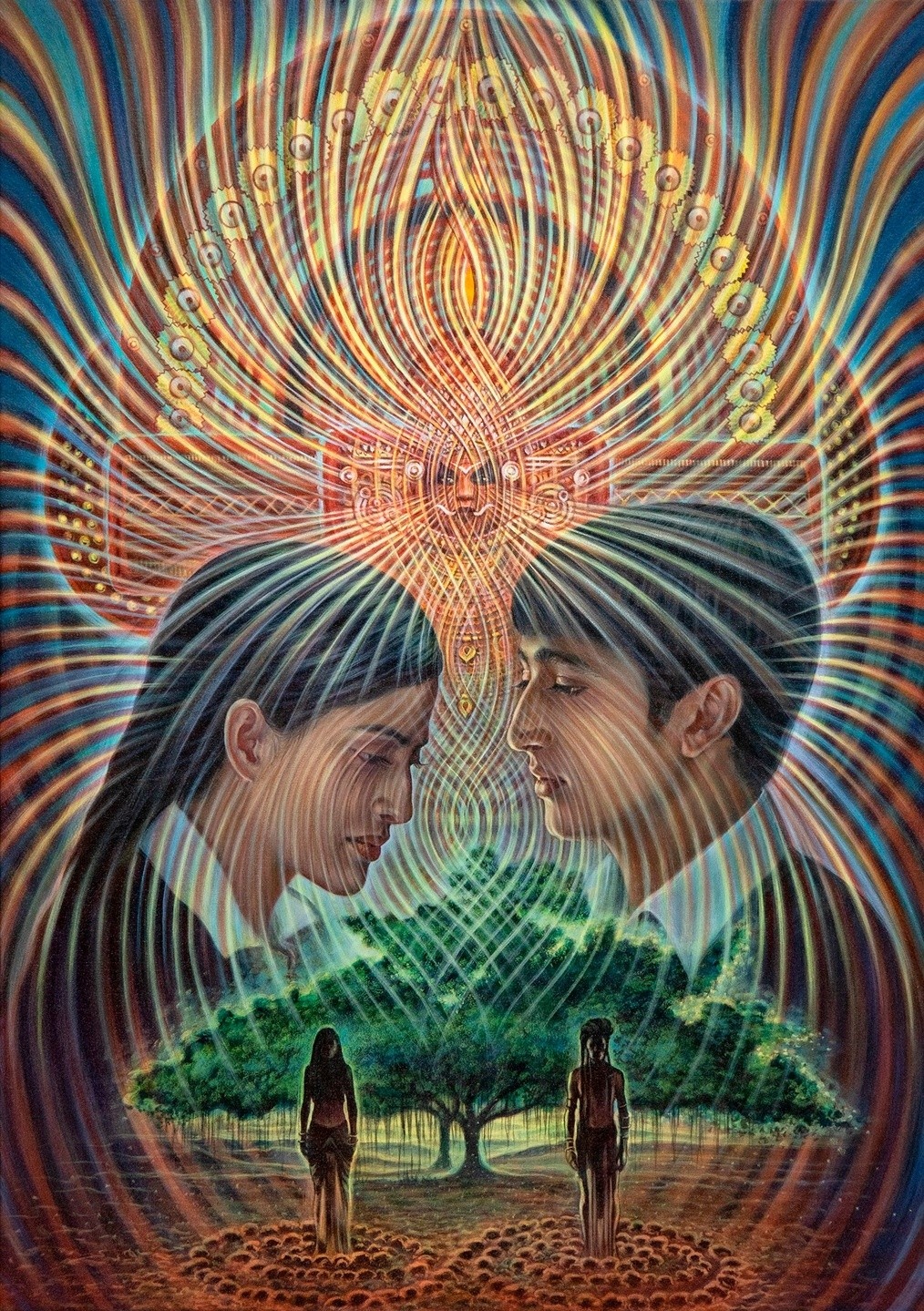
THEME
Regeneration IS the process of renewal, and this can be observed from a subjective and objective perspective. Which angle do you feel called to focus on now? The Regenerative Artivist is a role of service, exploring potentials in the evolution of the self and of humanity.
We will each explore our own angle through writing, drawing and painting with the aim to contribute our fruits in a collaborative effort to raise consciousness.
By exploring mediums such as AI generated art, fed by our own poetry and ideas, we will use the images to spark new visions in traditional mediums.
Each participant is advised to focus on 1 main piece. For full term ViTra students, maybe a drawing from Grounded Visions, or any of the other courses could be a foundation from which your painting will evolve.
All are invited to consider creating their main piece with the intention of submitting it to the United Planet Game to be amplified as a visual asset towards the development of a New World Game based on Buckminster Fullers vision to create a world that works 100% for all.
(more information on this opportunity coming soon!)
We can reverse engineer a thriving future.
Unified Planet recognizes the narrative as the front line of cultural transformation. Millions of communities, organizations, and cities around the world are ready for transforming, but have yet to develop a unifying narrative beyond the Sustainable Development Goals.
The United Planet Game creates an immersive reality in 2030 where our collective mission has been achieved. We create opportunities to reverse engineer solutions and milestones. We start with where we wish to be.
TOGETHER
We will dig deep
into the visions we carry
for the world we want to live in.
Starting with the foundation
of intention,
we will build an environment
with a story that has a message.
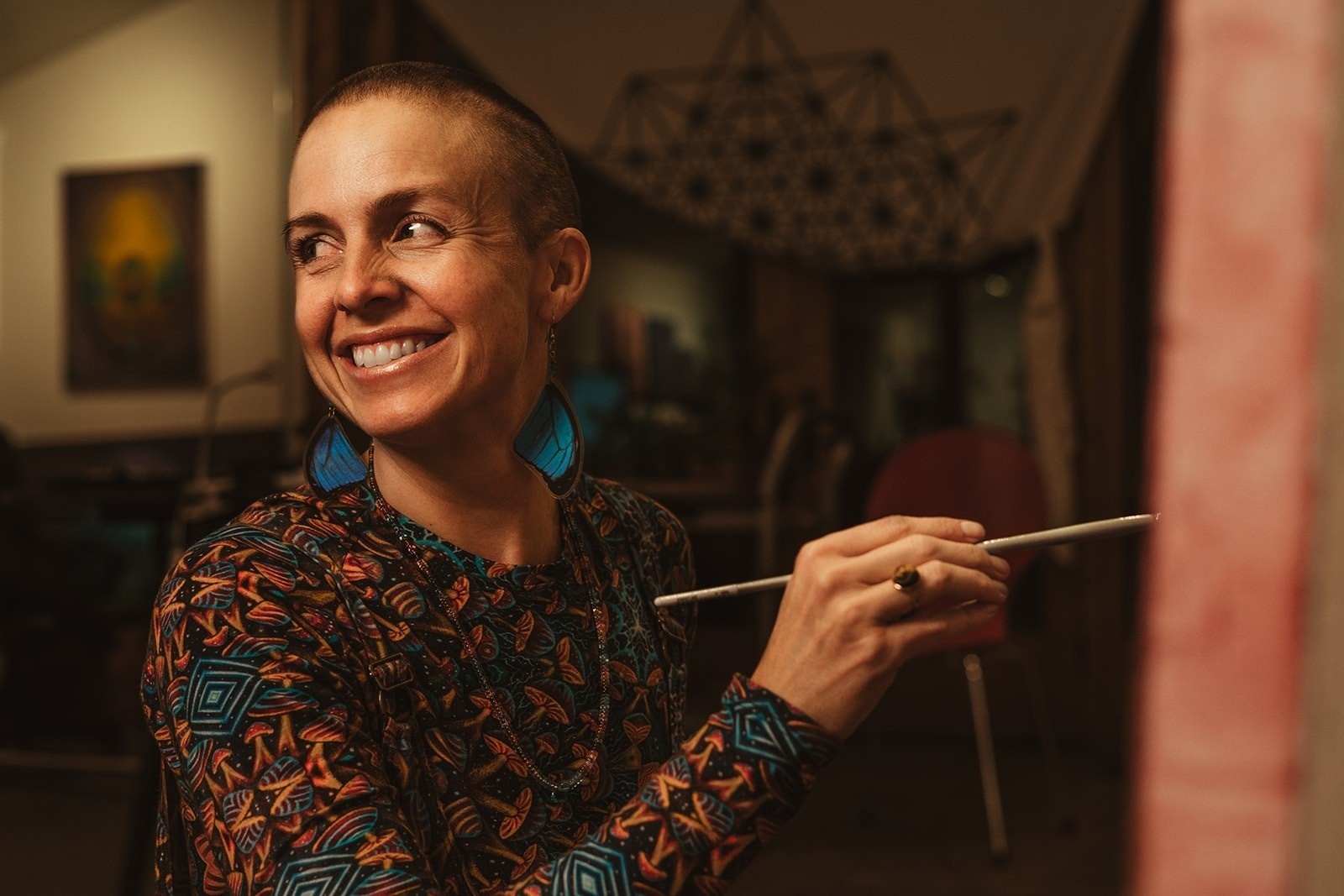
THIS SEMINAR CONSISTS OF:
- Live online classes (main sessions on Saturdays)
- Observational skill building
- Methods for revealing the story that wants to come through you.
- Mischtechnik approaches in both acrylic and oil will be demonstrated.
- Students will be able to paint in just acrylic or explore both.
- Recordings available for those unable to join live.
- 4 Group reviews by Amanda and team.
- 2 Journeys and 3 Guest Lectures.
- Online exhibition celebrating student's work.

During the 6 week journey of REGENERATION, students are invited to explore a variety of exercises and choose one painting to complete by the end for the ViTra exhibition.
Whether you are new to painting or have attended multiple seminars with Amanda, this will be an opportunity to deepen your understanding of the foundations of the visual language and explore your own narrative.
Each painting provides new learning potentials and within the container of a focused group we all learn from each other.
Saturdays will be focused on tutorials, offering guidelines for the next step in the sequence of developing your painting. Participants are encouraged to choose their own adventure based on the suggested materials, and if you are exploring this approach to painting for the first time, we suggest you follow the sequence that Amanda will provide. Advanced students are encouraged to experiment with new approaches, compositions and deepening their own narrative.
Amanda will demonstrate a variety of approaches to developing a painting using her versions of the Mischtechnik on 2 main canvas’ (16x20”) and practice canvas’/panels (11x14”).
For the 2 main demonstrations, one will be a self portrait that begins with the exercise of a drawing in black and white charcoal on toned paper and then transferred onto the canvas. This piece will be developed in acrylic, casein and oil. The second main piece will be derived from a poem on Regenerative Artivism fed into an AI image generator then translated into a drawing directly on the canvas. This piece will be developed following the principles of the Mischtechnik using only acrylic.
Participants will be split up into 3 different groups based on skill levels and 4 different Group Reviews will be held with Amanda, Alecia and rotating assistants Stefan Lucas and Krisztina Lazar. The 4th review will be hosted by Amanda & Alecia and will be held in multiple segments.
STUDENT FORUM
Between your Saturday sessions, you will be invited to participate in our online community where you will be able to interact with Amanda Sage and fellow students. This is a place to share your work, ask questions, and stay connected between and ongoing after class. Access to this community and all course content will be organized clearly and easily located in your Vitra Academy Library.
*All classes happen online LIVE through Zoom calls.
We pride ourselves in offering you:
-
direct access to your instructors
-
the best teaching platform available in online learning
-
replays available within a few hours in your ViTra Academy Library.
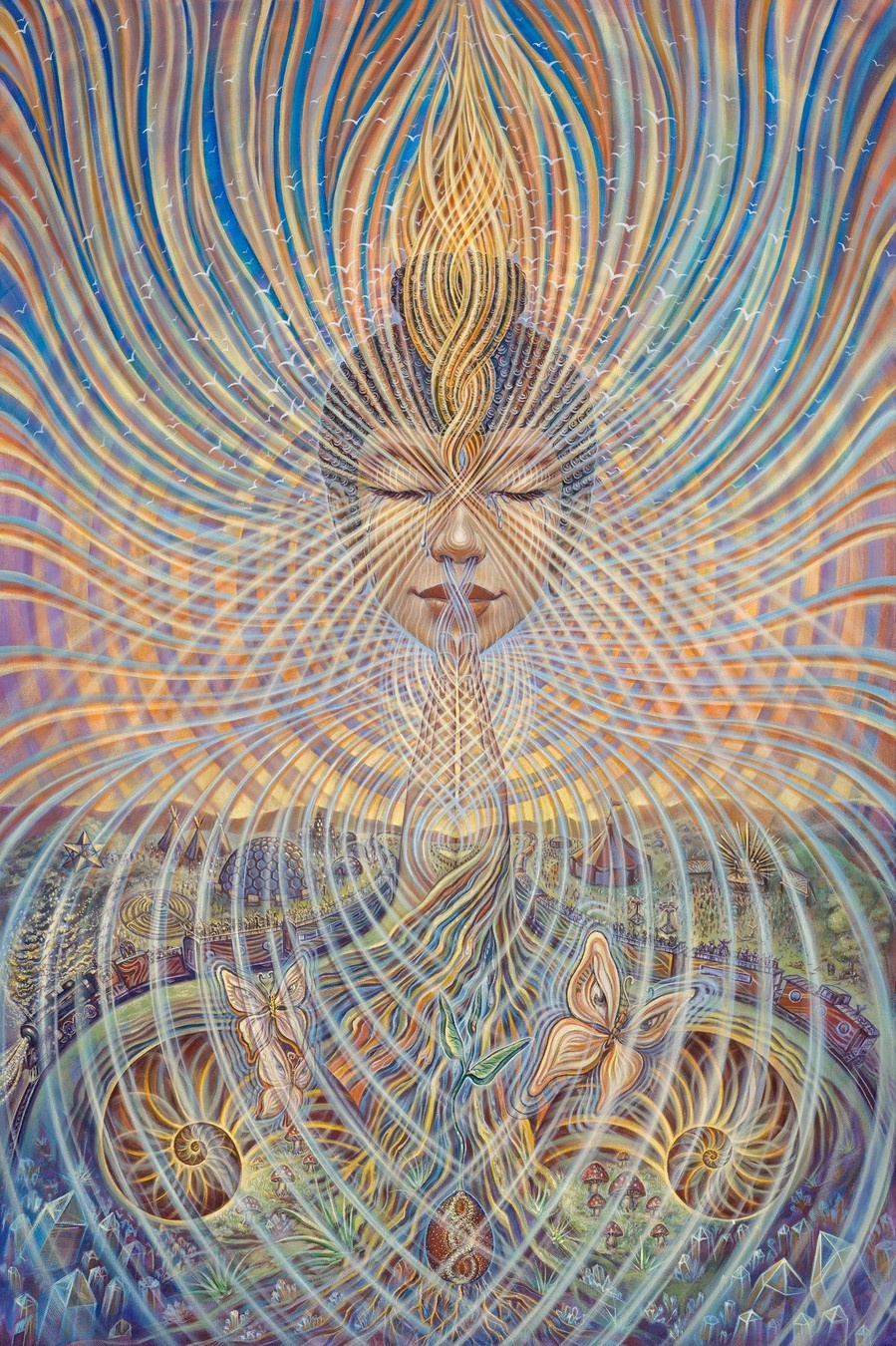
SCHEDULE
Times listed in Pacific, please check your local zone!
4.30 - Saturday - Opening
9am - 12pm PT
- Opening circle
- Presentation on Theme/ History of the Mischtechnik
- Composition & Drawing Demonstrations
1-3pm PT
- Megan Joy Eclipse Journey
5.2 - Monday
9-11am PT
- Joe Bob Lecture on the Regenerative Artivist
5.5 - Thursday
11am -1pm PT
- Group Review 1
5.7 - Saturday
9am -1pm PT
- Transfer Drawing & Imprimatura
- Decalcomania
- Exercise in acrylic speed Mischtechnik
5.12 - Thursday
9am -11am PT
- The Mischtechnik: History, Variations, and Modern Approaches with Laurence Caruana
5.14 - Saturday
9am - 1pm PT
- Painting with Light -Underpainting in acrylic & casein
5.16 - Monday
11-1pm PT
- Shanita King - Artivisim session & lecture
5.19 - Thursday
11-1pm PT
- Group Review 2
5.21 - Saturday
9-1pm PT
- Glazing / Color / Refinement
5.26 - Thursday
11am -1pm PT
- Group Review 3
5.28 - Saturday
9-1pm PT
- 2nd Underpainting / Local Glazing / Direct Painting
6.4 - Saturday
9-1pm PT
- Finishing the Painting / Exhibiting / Selling Art / Prints / Commissions / Contracts
- Closing Circle
6.6 - Monday
1 - 3 pm PT
- RED Group Review 4
6.7 - Tuesday
1 - 3 pm PT
- YELLOW Group Review 4
6.8 - Wednesday
1 - 3 pm PT
- BLUE Group Review 4
6.10 - Friday
12pm PT
- Exhibition Submission Deadline
6.18 - Saturday
- Exhibition Opening
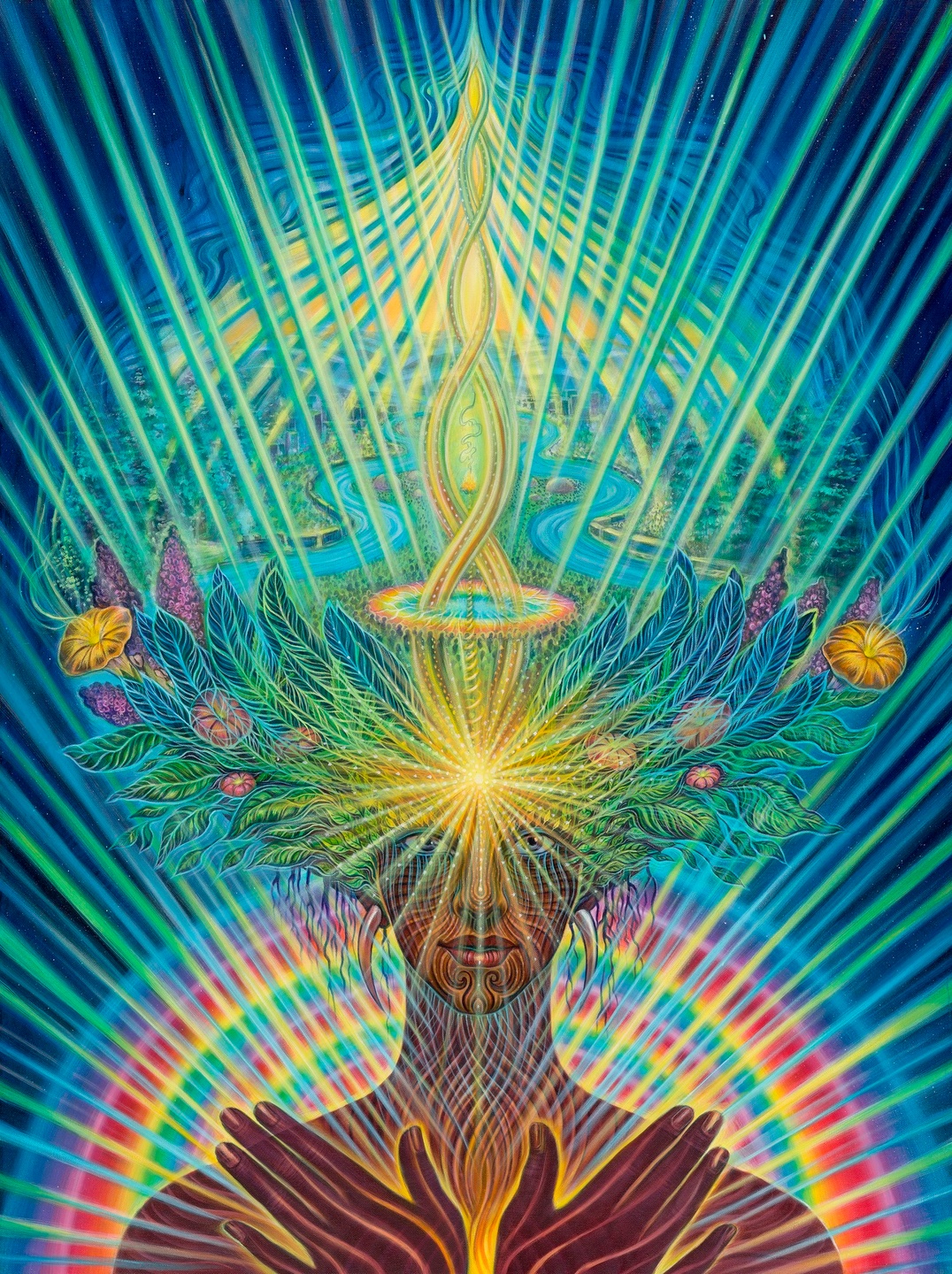
SUGGESTED MATERIALS
Take inventory of what you already have and only order/buy what you need or can afford. I am much less interested in your materials being all the same and more interested in using what we have and putting them to use. Depending where you are in the world it may be challenging to find some materials. Ask questions via email or better yet in our designated student forum on Kajabi so others can learn from your questions as well. For those outside of the US, I advise finding the closest Art supply store and support them or order from a reliable source online.
https://www.dickblick.com/lists/blicku/J8U212LYFOU88
*For advanced students wanting to work in oil - there are recommendations at the bottom of this section.
This video explains materials for the self portrait workshop I offered as a part of the fundraiser workshop series to support the Vienna Academy of Visionary Art. You will want the drawing materials for the first week:
Drawing & Transferring Drawing to Canvas
|
|
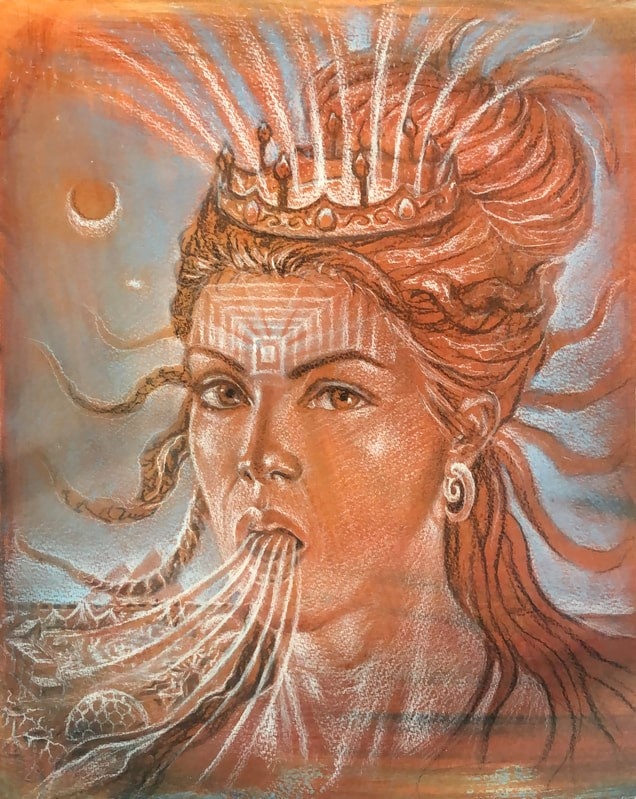
Acrylic Painting
- Primed Canvas or panel - size 16x20” or preferred size (smaller or larger) be careful about being too ambitious as you will have a hard time keeping up!
- 3-4 Gessoed practice panels 11x14” (canvas and wood).
Acrylic Brushes
Most important in the Mischtechnik is that the brushes are soft. Hard bristle brushes will not work. - for glazing and for painting.
- Assortment of Brushes Snap Princeton brushes.
(I like the rounds and filberts, especially. And they don’t say they are for oil but I use them with oil.) - Assortment of fine bristled Glazing Brushes.
Acrylic Paint
(recommended for beginners to stay with acrylic)
- Acrylic Paint (Golden Fluid Acrylics or other acrylic) - see pigment list and more details below
- Satin Glazing Medium from Golden
- Retarder from Golden (optional)
- Spray bottle for water
- Plastic wrap (example: from canvas packaging)
- Hairdryer (optional)
- STA-wet Palette (optional & awesome! - you save a lot of paint)
Color is a very subjective thing and you will be attracted to colors almost like pheromones are attractors.
You do need the basics, and you may be surprised how some of the greatest work is done with an incredibly limited palette. So before you go out and buy a bunch of paint… start with 5-8 colors and keep building your color profile as you grow, especially if you have a limited budget.
Super minimal would be yellow, red, blue, white and black. Of course there are so many variations of these pigments and colors. Transparent colors are better for this technique, and I advise staying away from opaque paint such as cadmiums and pre-mixed pastel colors for glazing, though you will see they will be useful in direct painting which is applied at the end.
For beginners I recommend this basic set from Golden of 10 colors.
You may want to supplement this set with a few extra pigments and some extra titanium white:
- Indian Yellow
- Raw Sienna
- Quinacridone Burnt Orange
- Red Oxide
- Raw Umber
- Dioxazine Purple
- Manganese Blue
- Chromium Oxide Green
- Titanium White 4oz (Titanium white is essential for this method)
- Carbon Black
- Paynes Grey
- Titanium White
You can also use the colors you already have or other acrylics. Heavy body acrylics will not be ideal for this technique, but all is possible, so work with what you have and remember this is all about learning and not being perfect ;)!
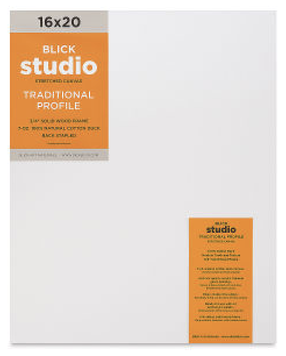
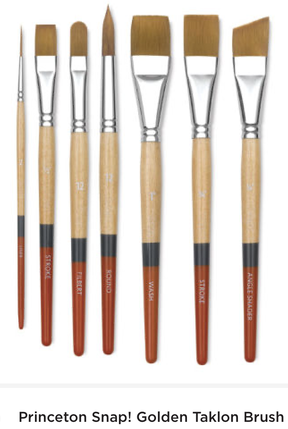
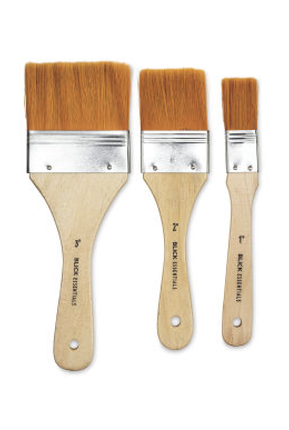
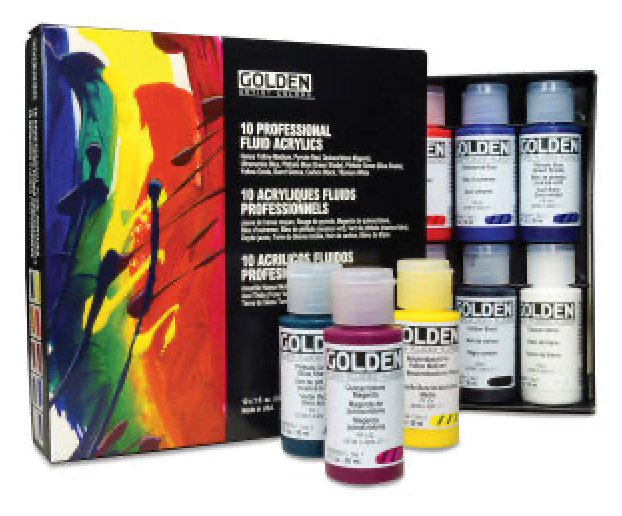
ADVANCED
For those interested in exploring the Mischtechnik in acrylic, casein / egg tempera & oil.
Brushes for Oil:
Remember:::: Most important in the Mischtechnik is that the brushes are soft. Hard bristle brushes will not work - for glazing and for painting. I keep my acrylic, casein and oil brushes separate. Though when you are starting out you don’t need a different set for each medium. You will just want to clean them well between using the different mediums.
You can use the glazing brushes in the Acrylic section, though they will fall apart pretty fast as they are not made to withstand the solvents. For painting with oil here are some that I like:
http://www.dickblick.com/products/utrecht-manglon-synthetic-brushes/
Of the Manglon brushes I only use the filberts. I like the long handle and brush shape. I would recommend a 4, 6, 8, 12, 14 as a nice variety here. And a couple Flats would be nice as well: 8, 12, 16.
These are also great rounds, which I prefer to be short handle for precision and detail:
http://www.dickblick.com/products/princeton-series-4050-synthetic-sable-round/
Best glazing brushes that will last LONG time (though an investment are):
Da Vinci Cosmotop Spin flat wash 40
https://www.dickblick.com/products/da-vinci-cosmotop-spin-brushes/
Casein
- Shiva Titanium White Casein by Richeson 37ml or Plaka in Europe or alternatives.
https://www.dickblick.com/products/shiva-casein-colors/
Homemade Egg Tempera
- 1 Egg
- Distilled Water (or filtered)
- Small jar with lid
- Palette knife
- Titanium White Pigment (bought through Blick or any fine art store)
- Dammar Varnish
www.dickblick.com/products/winsor-newton-dammar-varnish/
Oil Mediums
- Refined Linseed Oil
(best for direct painting for final layers of painting)
(good for glazing though not super fast drying. You can also make your own medium like this with 1 part Stand Oil and 1 part Mineral Spirits)
(super fast drying and good for first glazes)
- Odorless Mineral Spirits
( the harmful aromatic solvent component has been removed.)
optional strong solvent to be used in medium or in painting:
Oil Paint
The best oil paint you can buy is Old Holland, Williamsburg, Rublev or Holbein. Windsor Newton is also quite good and anything that isn’t the absolute cheapest.
(Though sometimes cheap paints are good for glazing)!
As with the acrylics, it is better to invest in higher priced paint, you do not need all of these colors either, so start with a few and add more.
This would be a great beginners palette by Winsor Newton:
https://www.dickblick.com/items/00461-1010/
A nice minimal palette if you want to buy individual tubes of Old Holland:
Titanium White
Indian Yellow
Magenta
Prussian Blue or Ultramarine
Ivory Black
More extensive palette:
Titanium White
Naples Yellow
Yellow Ochre
Raw Sienna
Golden Baroque Red (by Old Holland color – one of my FAVORITES;),
Burnt Umber
Raw Umber
Ivory Black
Dioxin Purple
Magenta
Alizarin Crimson
Brilliant Pink (by Old Holland)
Cadmium Red
Indian Yellow
Aureolin Yellow (Cobalt Pigment)
Lemon Yellow
Chrome Oxide Green
Schevenings Green (Old Holland)
Manganese Blue
Cobalt Blue
Ultramarine Blue
Prussian Blue
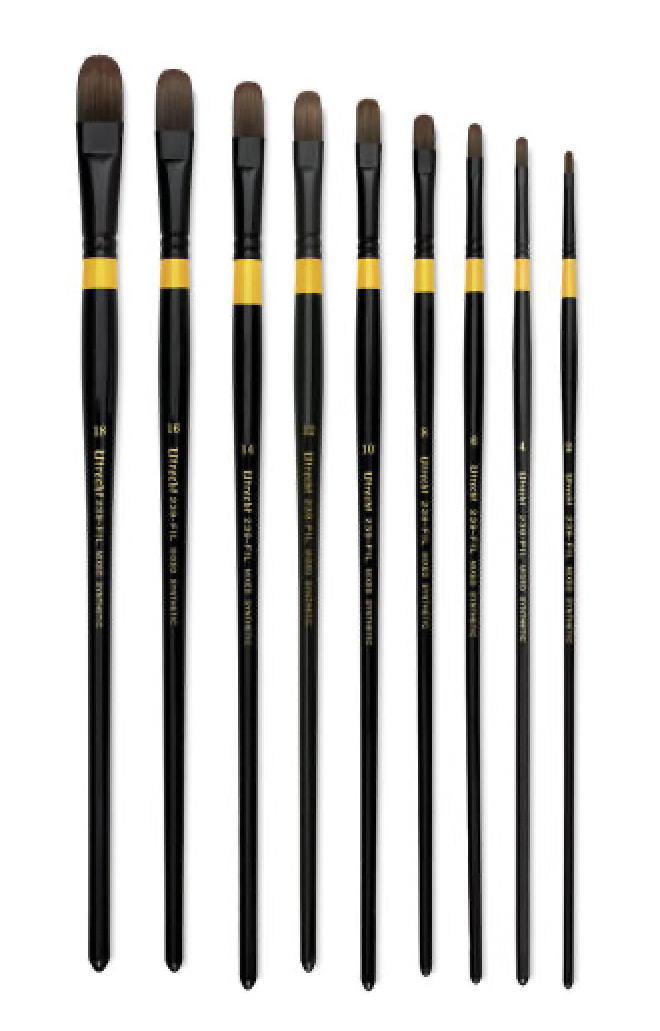

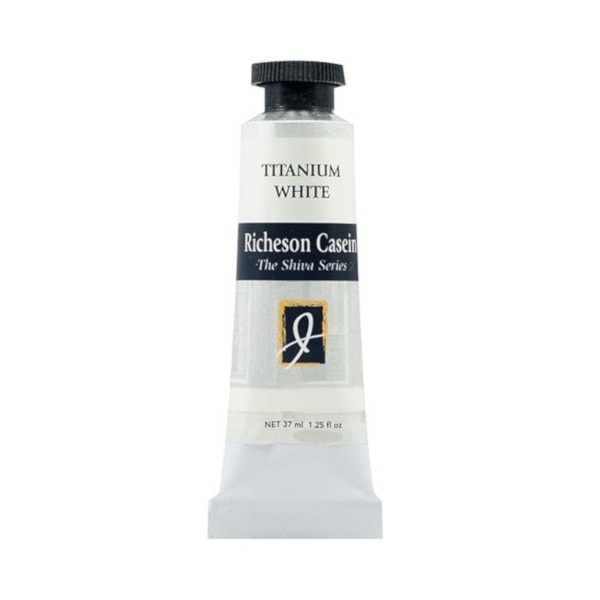
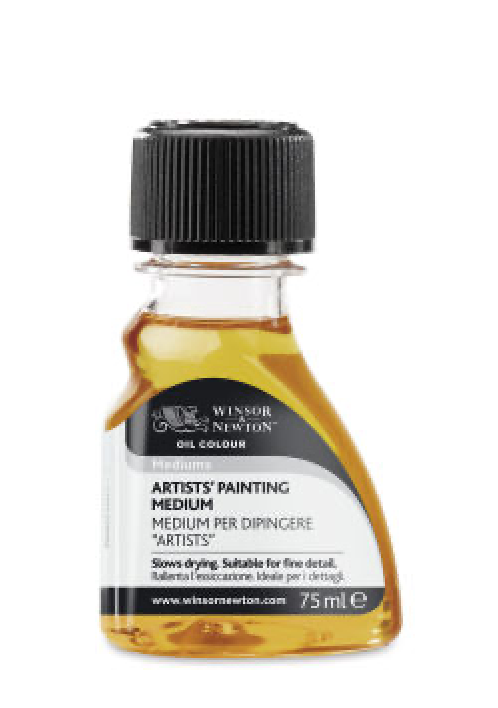
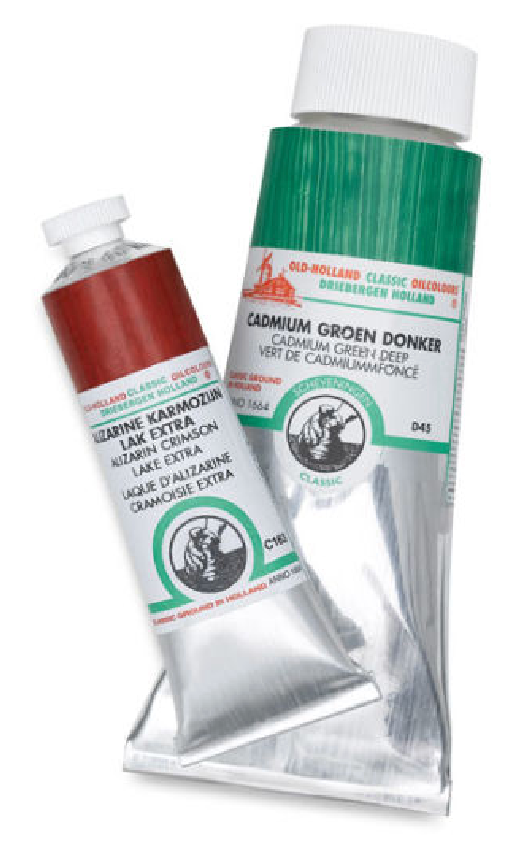
*** Regeneration will have its own gallery room in the ViTra Academy Spring 2022 Virtual Exhibition. All students from this course are invited to submit one piece in this room for the show's online opening June 18.
Your deadline for submission will be Friday, June 10.
INSTRUCTOR
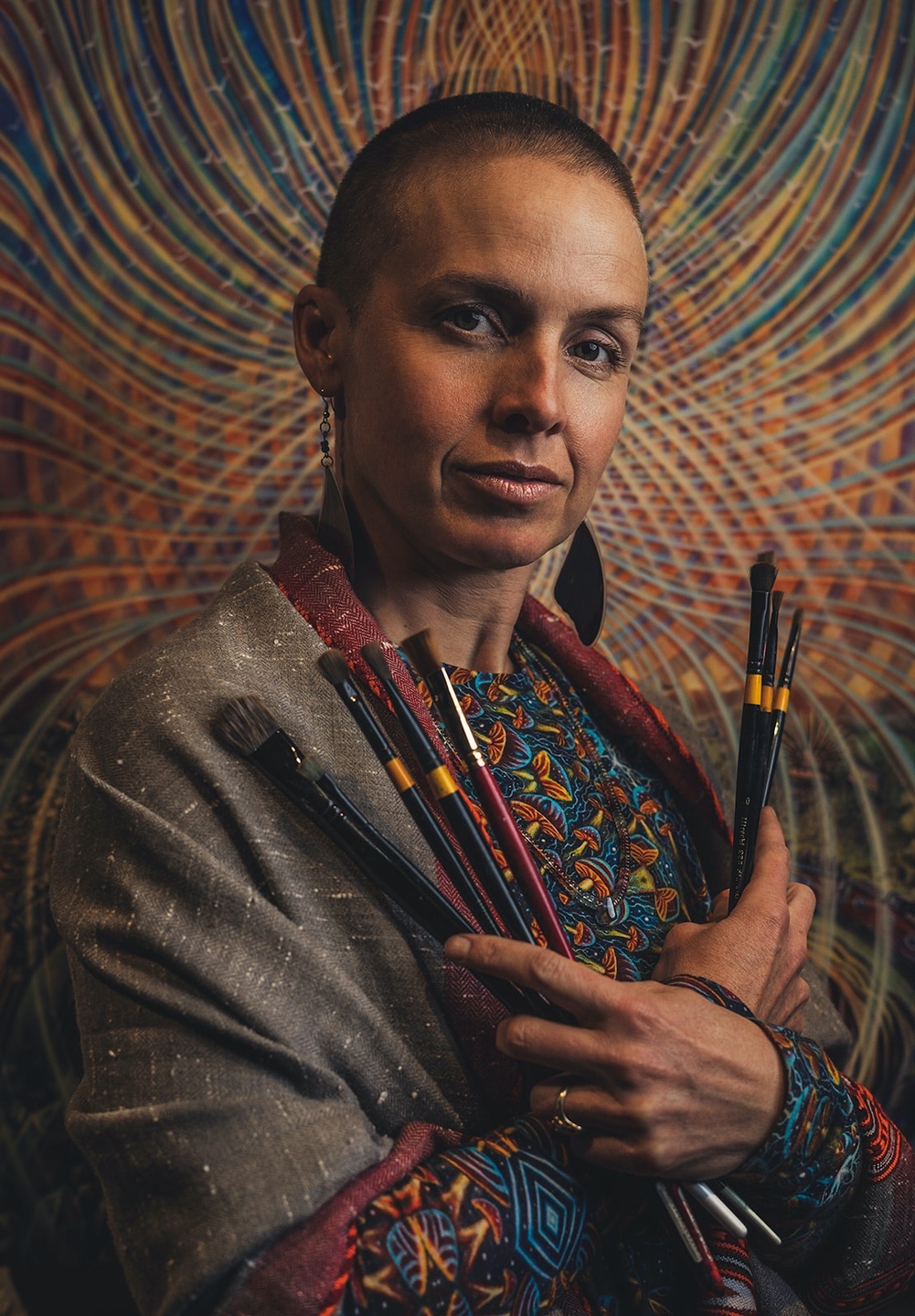
Amanda Sage is an artist driven to contribute to the development of regenerative culture by using painting as a tool for transformation within the individual and collective.
Her paintings represent multidimensional aspects of humanness in harmonious balance, inspiring a re-membering of an energetic inter-connectedness that is present and shared with all things.
In 1997 she apprenticed for 2 years in classical painting techniques with Michael Fuchs in Vienna Austria. This led to becoming a painting assistant to Ernst Fuchs, founder of Fantastic Realism, for 10 years while developing her own style and portfolio as a resident artist at the culture house WUK in Vienna.
Since 2009 she has been based in Los Angeles and influential in networking artists and initiatives while hosting workshops, lecturing and exhibiting worldwide. Her work is mostly in private collections with some pieces also in the permanent collection of the Kirkland Museum in Denver, Colorado. In 2021 she contributed to a collaborative project with Meow Wolf Las Vegas and opened her first solo museum exhibit at the Mesa Contemporary Art Museum in Arizona.
She is on the board of directors of CoSM (Chapel of Sacred Mirrors) Alex & Allyson Grey’s art sanctuary in New York where she also leads annual painting intensives with her partner Joe Bob Merritt. They have also pioneered painting retreats in Eco-Villages such as Paradise One, Byron Bay Australia and Punta Mona, Costa Rica. She was instrumental in initiating the Vienna Academy of Visionary Art in 2012 and in 2022 opened the ViTra Academy online with her colleague Alecia Sacred Heart.
Since 2011 she has had an obsession with Trains, seeing them as vehicles of transformation capable of carrying the creative genius of humanity back on the tracks that brought imperialist civilization to the end of the western frontier, on a journey of healing and remembrance of our inter-connectivity with all of life.
On March 24th, 2020 she launched the Non-Stop Vision Train Global Art Jam on Zoom with a collective of her students from all over the world. With the intention to strengthen community and create a supportive environment where artists could be alone together and encourage each other to go deeper with their work than ever before.
When not traveling she can be found in one of her studios in Los Angeles, Vienna Austria or Gunnison Colorado.



